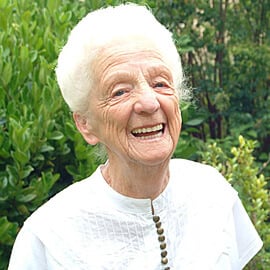Ex Bupa CEO and now Estia CEO, Paul Gregersen explained to his shareholders at their AGM that the nation’s 190,000 aged care beds in June 2013 need to expand by 69,000 by 2022 to keep up with people turning age 85. This is close to 7,000 new beds a year.
This means we will need to build one new care facility of 130 beds every week of the year for the next seven years. It is not going to happen.
Between 2013 and 2015 we would be lucky to have 3,000 beds built. Looking forward to the remaining seven years to 2022, where is the land coming from and where is the capital coming from?
The country is littered with development applications stalled in Council because of local neighbour objections – usually to changing traffic conditions, height and ‘not in my back yard’. And with each bed costing $250,000, these 7,000 new beds a year will require $1.75 billion for construction. Where is that money coming from when it will need say 30% debt to balance it?
There are three solutions. The frail will just not get an aged care bed; not acceptable. People will stay at home longer and later, spending less time in care and so requiring less beds but with significantly poorer conditions at home; not acceptable but the highly likely outcome. Or planning codes are freed up to allow faster approvals and lower overall development costs. Logic says this must happen but there are no signs on the horizon.
Gregersen points out that private operators account for only 36% of total places. And 63% of providers operate just one facility. The only way supply that can be accelerated is if significant private capital is used to take over existing facilities and their land and aggressively redevelop. That private capital will be supplied to both private and Not For Profit operators to consume small Not For Profit operators that are no longer viable.
We predict this transition has already started. Within three years the privates will have 50% of the beds and the Not For Profit sector will be down one third in size in number.






